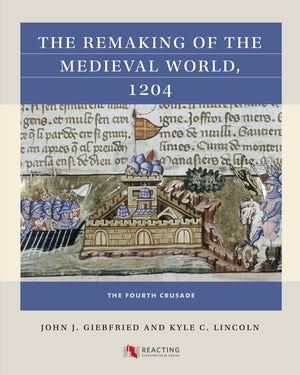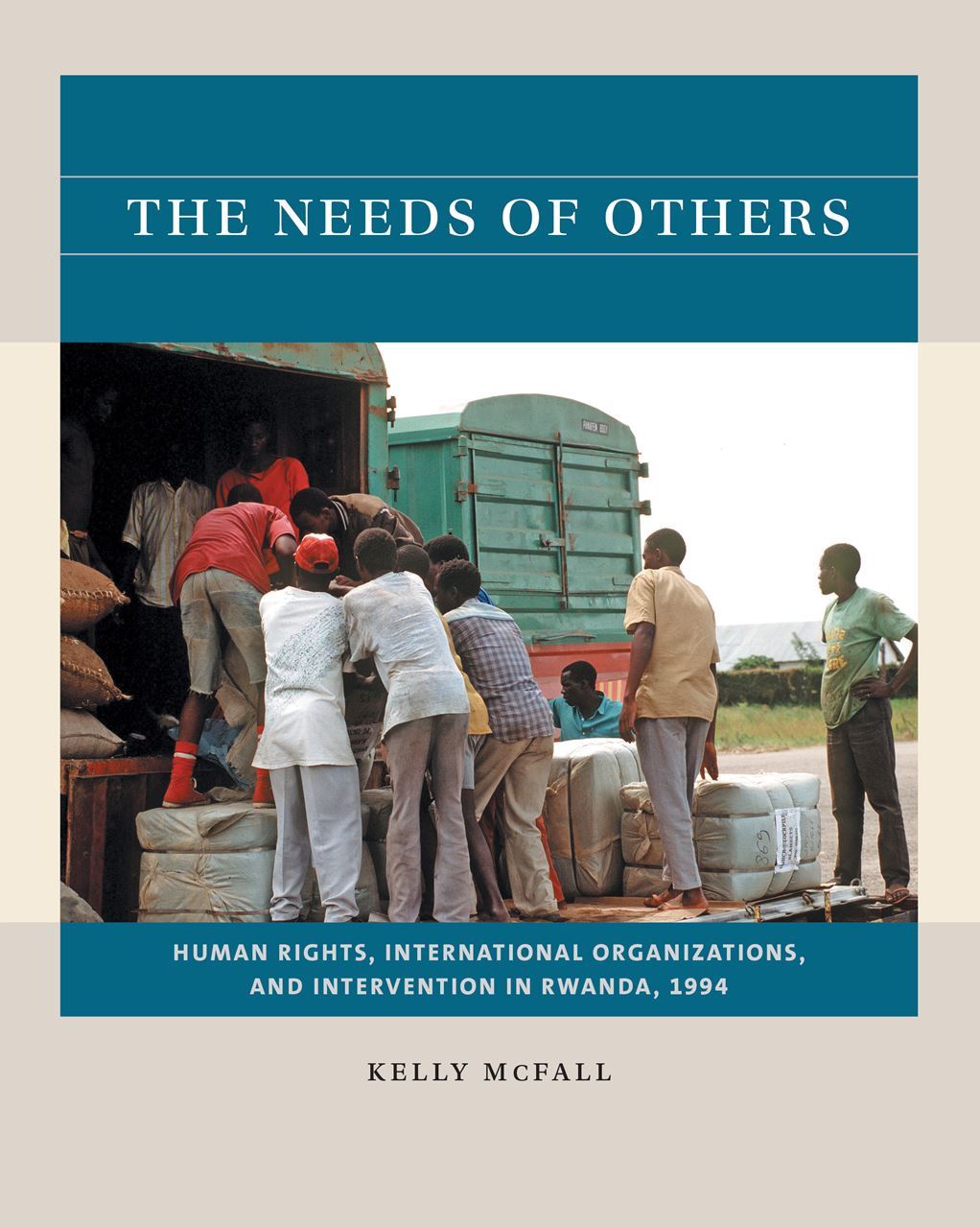 |
The Tragedy that Reshaped Christendom The Remaking of the Medieval World, 1204: The Fourth Crusade allows students to understand and experience one of the greatest medieval atrocities, the sack of the Constantinople by a crusader army, and the subsequent reshaping of the Byzantine Empire. The game includes debates on issues such as "just war" and the nature of crusading, feudalism, trade rights, and the relationship between secular and religious authority. It likewise explores the theological issues at the heart of the East-West Schism and the development of constitutional states in the era of Magna Carta. The game also includes a model siege and sack of Constantinople where individual students’ actions shape the fate of the crusade for everyone. |
Details
|
Using the Game
Class Size and Scalability Class Time Possible Reacting Game Pairings
If you choose to use the "electronic version of the Sack of Constantinople" in the game materials, you'll need two pieces of digital material to share with students:
It is EXTREMELY IMPORTANT to make sure that students copy both the letter, the action, and the results of their actions to their Sack and Plunder Worksheet (a handout in your Instructor's Materials). This is their record of their deeds, and without it, they should get a zero for that assignment. In order to make tabulating the results easier, we suggest having students send you an "action code" of their deeds. The code has eight alpha-numeric elements:
Thus, Gre-A-C-3-D-+2--1-150 Means that a player having the Great Palace Region's third position answered the first two (common) questions with A and C, then chose D for their unique question. They gained a total of two fama points and reduced the crusade's nefas score by one, all while donating 150 marks to the common fund of the crusade. |
 GAME MATERIALS
GAME MATERIALS
Confirmed instructors who are not yet members can access basic instructor materials. Reacting Consortium members can access all downloadable materials (including expanded and updated materials) below. You will be asked to sign in before downloading.
Gamebook Students need a Gamebook, which includes directions, resources, and historical content. Paperback ISBN: 978-1-4696-6411-8 EBook ISBN: 978-1-4696-6412-5 Available wherever books are sold. | Role Sheets and Handouts Students also need a Role Sheet, which contains biographical information, role-specific resources or assignments, and their character's secret victory objectives.
VERSION 4.2. .zip file of .docx files.
.zip file of .docx files. | Instructor's Manual The Instructor's Manual includes guidance for assigning roles, presenting historical context, assignments, activities and discussion topics, and more.
VERSION 4.2. docx file.
|
Additional Resources
Resources for Introduction and/or Debrief Videos of the Byzantium 1200 project: |
|
John J. Giebfried
John Giebfried is a historian specializing in the Crusades and the Mongol Empire. He completed his PhD at Saint Louis University in 2015 examining the aftermath of the Fourth Crusade and Latin rule in Constantinople. He has served as a postdoctoral fellow at the Hebrew University of Jerusalem's "Mobility, Empire and Cross Cultural Contacts in Mongol Eurasia" prosopography project and has taught at Saint Louis University, Webster University, and Georgia Southern University. John currently serves as University Assistant in History and Digital Humanities at the Universität Wien in Vienna, Austria. | Reacting and Related Titles
|
Kyle C. Lincoln is a medieval Iberian historian. In 2016, he completed a PhD at Saint Louis University in Medieval and Early Modern European History and a Masters by research in the same in 2012, after earning a BA in Classical Civilizations at Kalamazoo College in 2010. He has taught widely, but currently serves as Associate Professor of Pre-Modern European History and Interdisciplinary Studies and Chair of the Department of Social Sciences at Southeastern Oklahoma State University. His publications have appeared in more than a dozen venues, and he currently serves on the Reacting Consortium’s Game Development Conference Committee and the Reacting to the Past Editorial Board. | Reacting and Related Titles
|
Reviews
"The Fourth Crusade is notorious; I find that even students with a casual knowledge of the period sometimes have awareness of it. This game is a wonderful exploration of why and how things went as wrong as they did. The interests of different factions, the clash between collective ideals and individual ambitions, and the frustrations attached to the whole endeavor come to life." | "The Fourth Crusade is a fascinating moment in history and the game brings out some good debates on important themes in medieval history." | "This game also allows some exploration of both Latin Christian and Byzantine political and religious ideals, giving a glimpse of multiple cultures within the game, even though most of the characters are western European. As a medievalist, I’m glad to see a game dealing with so many aspects of medieval European society so thoughtfully." |
Members can contact game authors directly if they have questions about using the game. We also invite instructors join our Facebook Faculty Lounge, where you'll find a wonderful community eager to help and answer questions.
|
|
|




